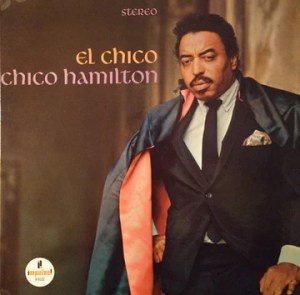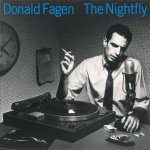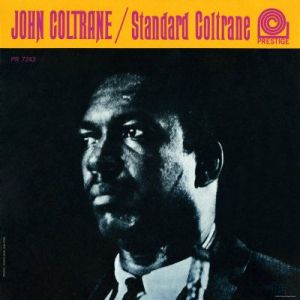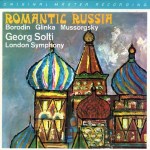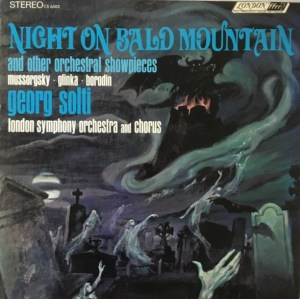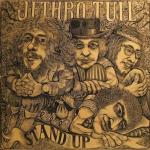 Hot Stamper Pressings of Jethro Tull Albums Available Now
Hot Stamper Pressings of Jethro Tull Albums Available Now
More Reviews and Commentaries on Stand Up
Years ago we wrote:
This Island Pink Label Original British pressing has ABSOLUTELY AMAZING SOUND! We mention that there was a Sunray pressing that may have been even better, but I didn’t have this copy in hand to compare the Sunray to, so I can’t be sure that pressing was any better.
This one sounds as good as any I’ve ever heard.
It’s amazingly dynamic and powerful, yet full of tubey magic. I played almost ten different pressings of this record today (11/08/06): every domestic label variation and a handful of imports. This copy is clearly the best of the batch.
A textbook case of live and learn.
My stereo was dramatically less revealing back then and also I did not know how to clean records properly. Those two facts, combined with the underdeveloped or yet-to-be-developed listening skills that go with them, allowed me to arrive at the wrong conclusion.
In 2006 we simply had not done our homework well enough. I had been an audiophile for at least 31 years by then, and a legitimate audiophile record dealer for 19.
Sure, by 2006 my staff and I had auditioned plenty of the pressings that we thought were the most likely to sound good: the original and later domestic pressings, the early and later British LPs: in other words, the usual suspects.
The result? We were roughly in the same position as the vast majority of audiophiles. We had auditioned a sizable number pressings of the album and thought we knew enough about the sound of the album to pick a clear winner. We thought the best pink label Island pressings had the goods that no other copies could or would have.
But of course, like most audiophiles who judge records with an insufficiently large sample size, we turned out to be completely wrong.
Logic hadn’t worked. None of the originals would end up winning another shootout once we’d discovered the right reissues.
But in 2006, we hadn’t stumbled upon the best pressings because we hadn’t put enough effort into the only approach that actually works.
What approach is that? It’s trial and error. Trial and error would eventually put us on the path to success. We had simply not conducted enough trials and made enough errors by 2006 to find out what we know now.
We needed a breakthrough, and we hadn’t gotten one yet.
Further Reading
 More of the music of Johann Strauss (1804-1849)
More of the music of Johann Strauss (1804-1849)
